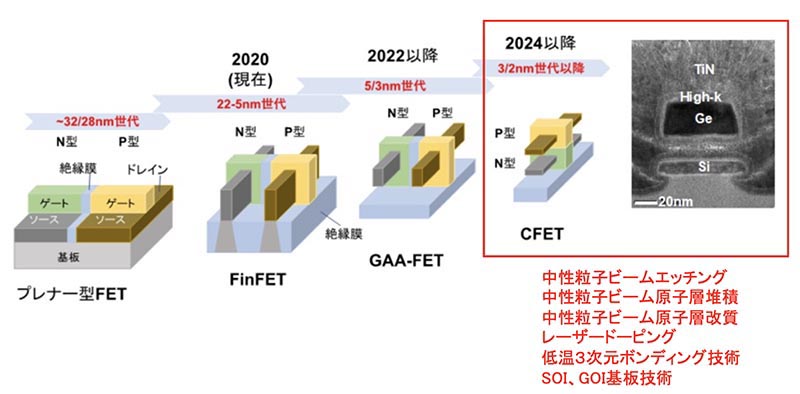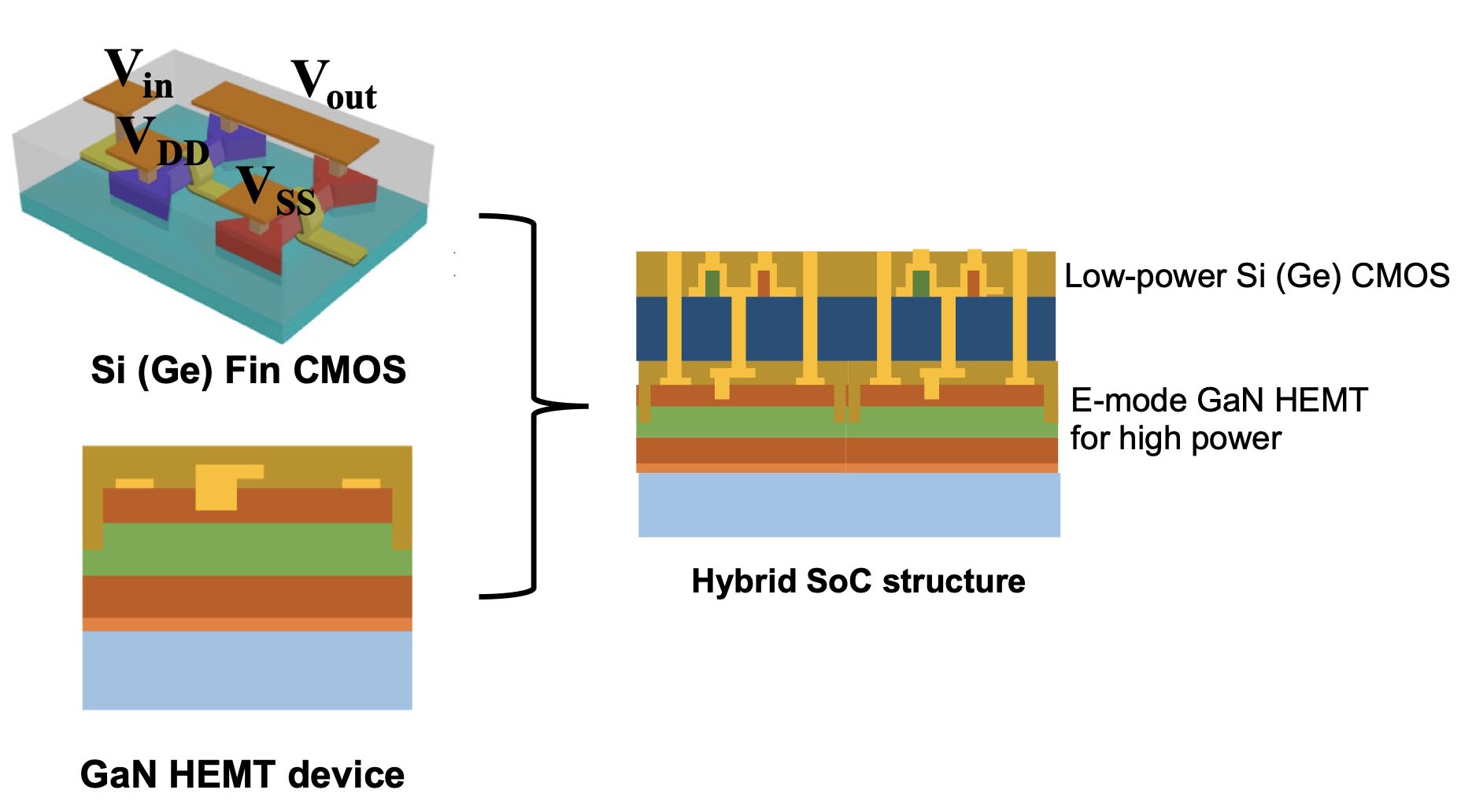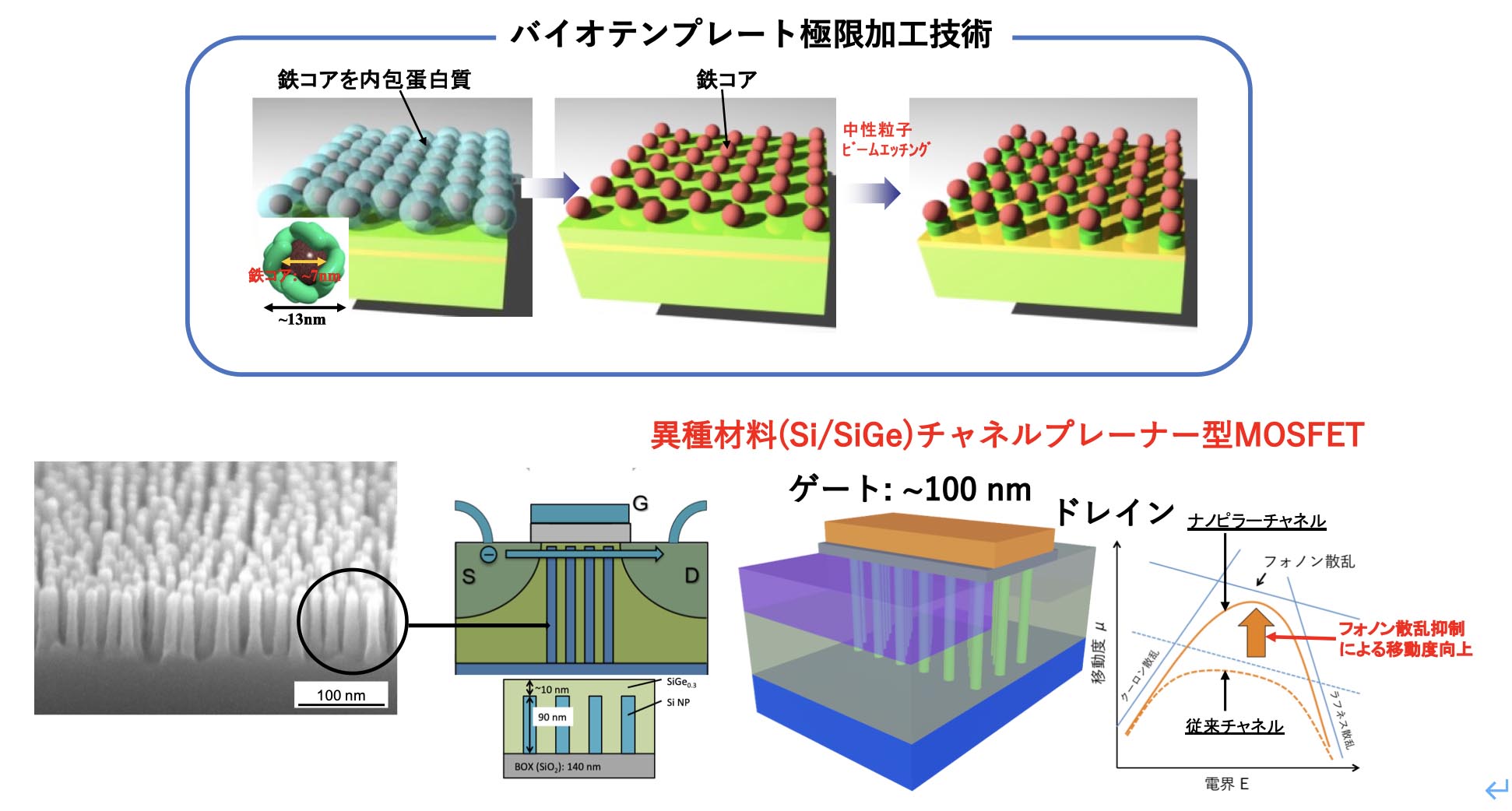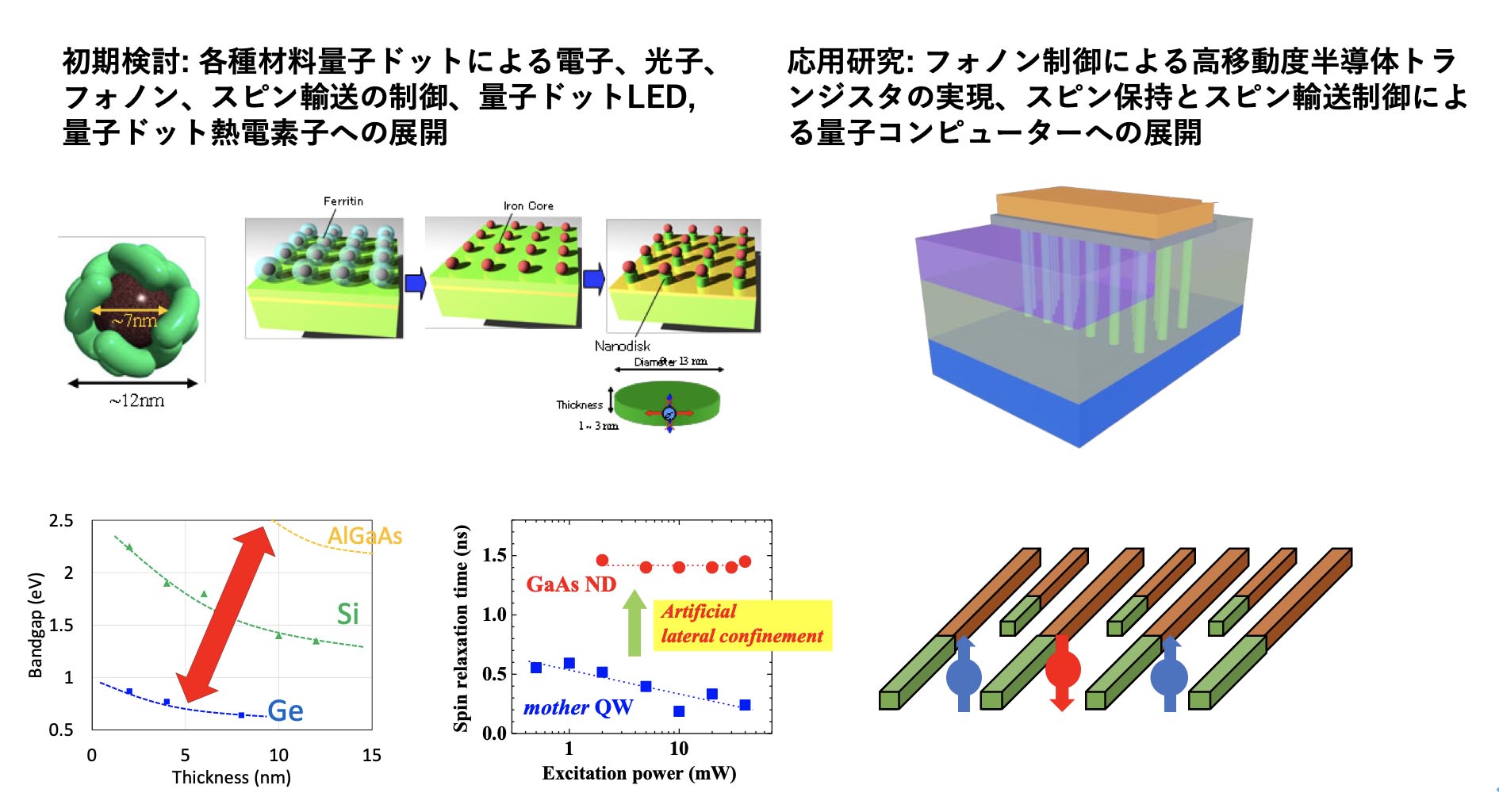Global Collaborative Research and Education Center for Integrated Flow Science (IFS-GCORE)
Green Nanotechnology Laboratory
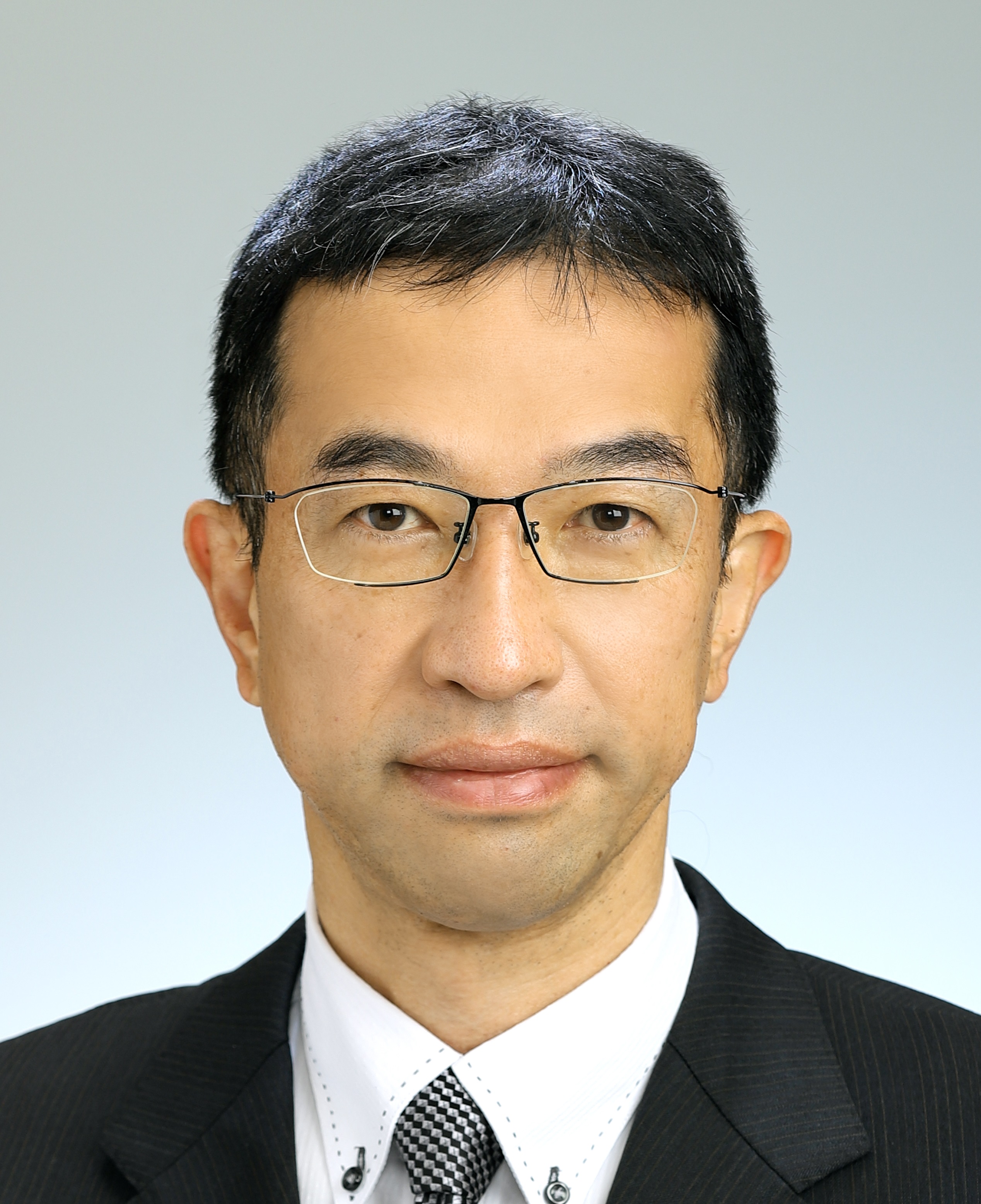
ProfessorKazuhiko Endo
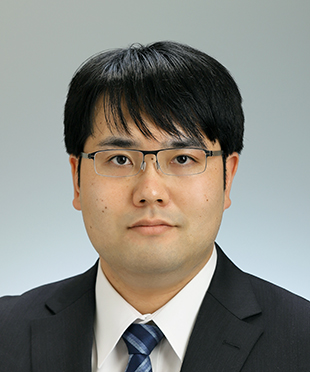
Assistant ProfessorDaisuke Ohori
To fabricate next generation nano-scale devices, plasma, beam (ion and neutral beam), atom manipulation and bio-nano processes must be precisely controlled. This laboratory plans to study the interaction between reactive species (electrons, ions, atom, molecular, radical and photon) and material surfaces. Additionally, based on atom and molecular processes, future bio-nano processes have been also investigated. Our goal is “Intelligent Nano-Processes” by combination of digital processes (atomic layer processes) and simulations of surface chemical reactions.
Building Integrated Platform of Si/Ge Heterogeneous CMOS for 2 nm Generation
Si/Ge heterogeneous Complementary-Field Effect Transistor (hCFET) was developed between Japan and Taiwan. To combine our defect-free neutral beam etching technique and the most-advanced semiconductor platform in Taiwan, we are aimed at the achievement of high integration and performance.
Nano device and System on Chip (SoC) Achievement
To achieve the hybrid structure of hetero material and device, Si (Ge) MOSFET driver of low power consumption for driving the high-power GaN HEMT device was fabricated. The structure use 3D bonding technique. Finally, our goal is to achieve the low-power 3D SoC structure.
High-mobility Semiconductor Device for Phonon Field Control by Defect-free Nano Periodic Structure
An innovative top-down method, a fusion of bio-template and damage-free neutral beam etching, is proposed by Prof. Seiji Samukawa to fabricate highly ordered and dense nanostructure array without defect. It has great potential for fabricating new structure for controlling the phonon field of transistor using nano periodic structure.
Designable Quantum Dot Fabrication Technique by Bio-template Ultimate Technique
Quantum dot structure is fabricated by bio-template ultimate technique. Electron and photon are controlled by using sub-10 nm quantum structure. Moreover, we research the electron spin retention and spin transfer control for quantum computing.

